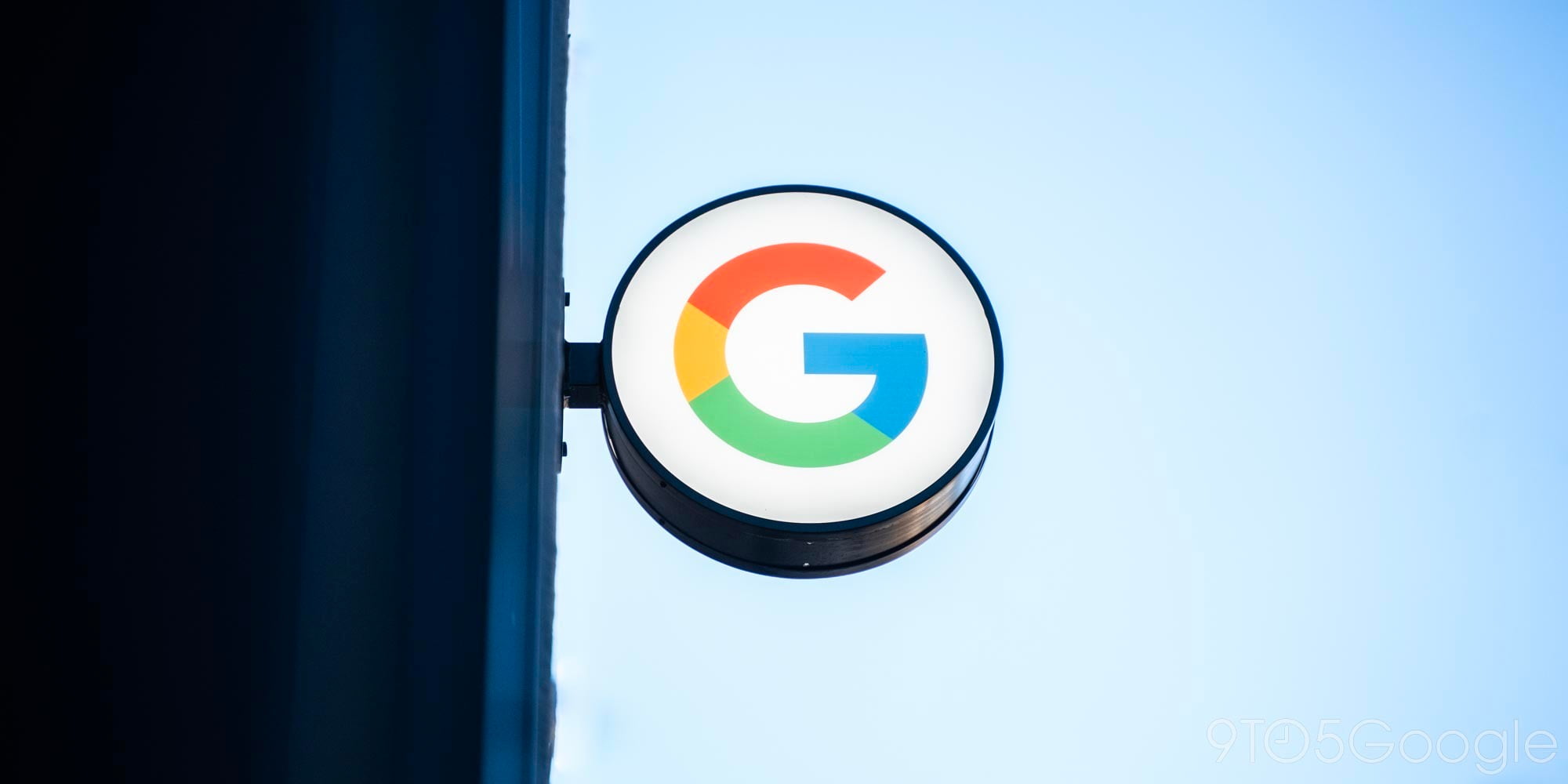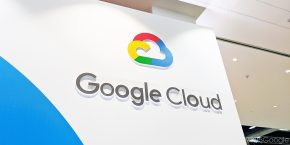
Google Cloud is rapidly expanding its infrastructure from new cloud regions to investing in three consortium subsea cables this year alone. The latest move involves building its first private trans-Atlantic cable to further expand its network.
Subsea cables are expensive endeavors and usually involve consortiums of major players with similar needs partnering to build and cover the cost. Alternately, companies can simply purchase capacity from existing cables. However, earlier this year, Google announced that it was building a private intercontinental cable from Chile to Los Angeles called Curie.
Today’s newest cable will connect Virginia Beach — specifically the GCP North Virginia region — to the French west coast and GCP Belgium.
Dunant adds network capacity across the Atlantic, supplementing one of the busiest routes on the internet, and supporting the growth of Google Cloud. We’re working with TE SubCom to design, manufacture and lay the cable for Dunant, which will bring well-provisioned, high-bandwidth, low-latency, highly secure cloud connections between the U.S. and Europe.
It will be alphabetically named after Henri Dunant — the founder of the Red Cross and the first Nobel Peace Prize winner — following the first cable in honor of Marie Curie. According to Google, it will be ready to serve Cloud customers in late 2020.
Like in other areas of technology, there are distinct advantages to controlling the entire design, construction, and deployment process.
- Performance and latency: Cables are often built to serve a very specific route. When we build privately, we can choose this route based on what will provide the lowest latency for the largest segment of customers. In this case, we wanted connectivity across the Atlantic that was close to certain data centers.
- Capacity: The bandwidth that we want to deliver can vary widely, depending on what already exists and where our customers need more, now and in the future. Our capacity planning includes estimates of Google’s and our customers’ needs for years to come.
- Guaranteed bandwidth for the lifetime of the cable: The life of a cable can vary from 15 to 25 years, but as with many infrastructure projects, they sometimes continue to serve the route beyond their initial projected lifespan. Our ability to guarantee our customers a certain level of connectivity helps them confidently plan for their businesses going forward.
Check out 9to5Google on YouTube for more news:
FTC: We use income earning auto affiliate links. More.



Comments